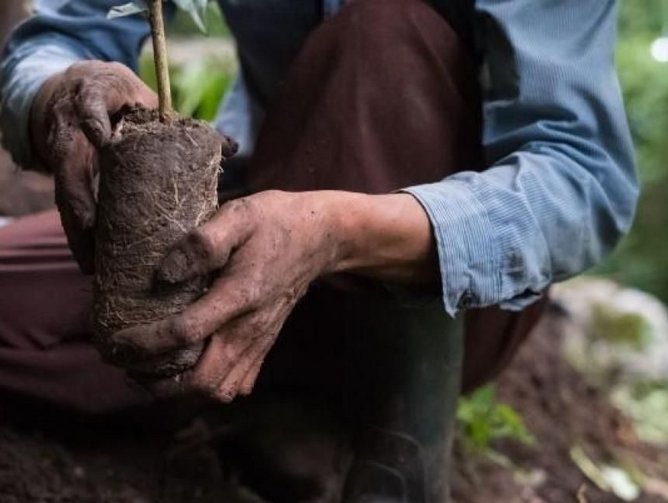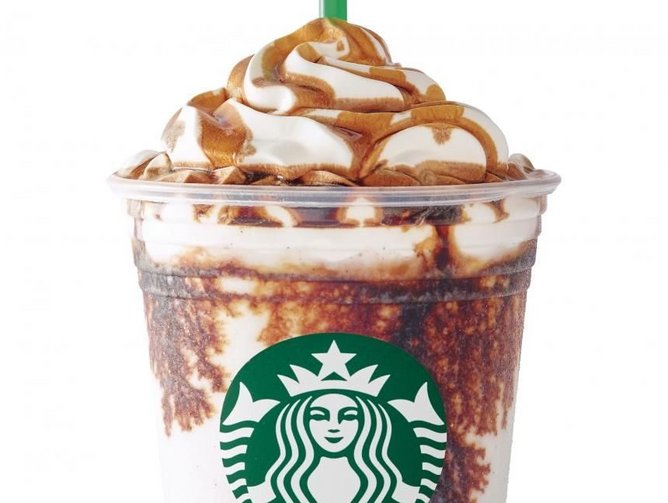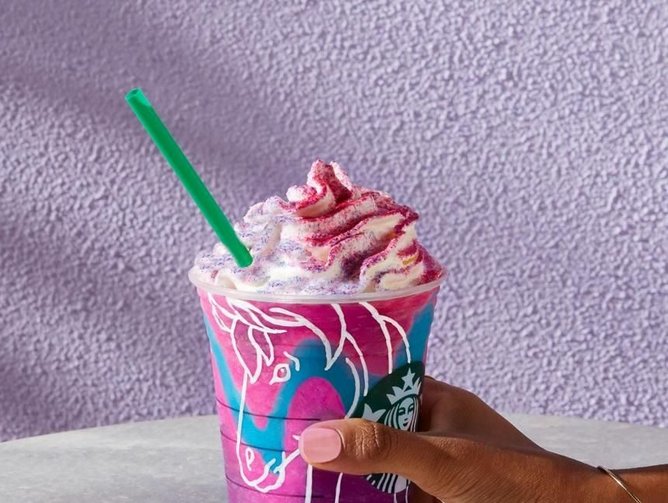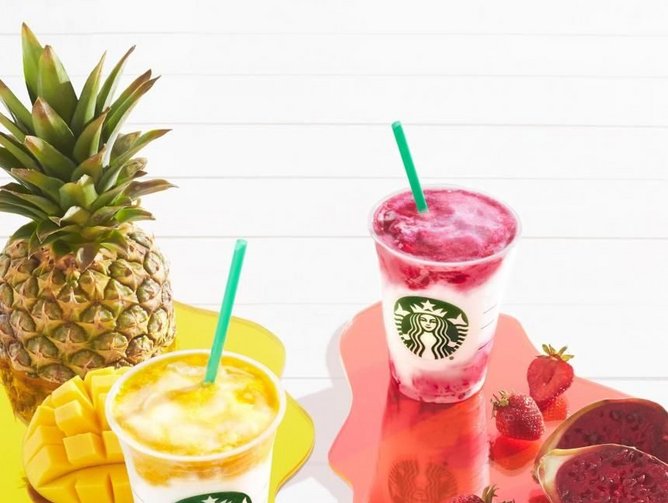How Starbucks is reaping rewards of three-year sourcing transformation
Given its obvious presence on the high streets of Europe, Middle East and Africa (EMEA), it is difficult to believe that the first Starbucks in the region opened just 20 years ago in London. The brand has exploded in popularity in the intermittent years, and there are now thousands of outlets across the territory.
The scale of the Starbucks’ footprint brings inevitable challenges in terms of its supply chain, sourcing and procurement operations, especially when you consider the wide spread of its stores across the geography, and that around 85% its sites are not company-run, instead being run as a licensed operation.
Up until three years ago, the sourcing and procurement approach of sourcing partners was to a certain extent fragmented, from time to time leading to an inconsistent execution.. Enter Eelco van der Zande, the company’s director of strategic sourcing for EMEA who today leads the team for direct and indirect spending for Starbucks EMEA, covering all COGS, operational and capital spend to support a business that generates over $1bn in revenue annually. The Dutch native came to Starbucks with logistics and sourcing experience in Europe and Asia and quickly recognised the challenge.
“It was important that we brought together how all of our partners were sourcing; there was a lot of good work being done, but we felt that there was a lack of consistency and that perhaps the right tools were not being used consistently. The various partners were also reporting into a number of different managers so we perhaps were not maximising our output as a team,” comments Van der Zande from the company’s hub in Amsterdam.
“We thought about how we could benefit from using standard systems and processes and really look to professionalise the sourcing function. A large part of that was to free up our senior people from admin as there was evidence that it was very time consuming for a lot of them. Another important piece of work was the conversation with our cross-functional peers about how to create value in a defined way. So that was an open talk about costs, innovation, risk and quality, which – amongst other outcomes – led to us changing the team structure so that we are much more focused on licensees and franchises and how they are organised from a sourcing perspective.”
This approach has fostered a closer working relationship with the company’s licensees as strategic partners, with very regular communication between licensee groups and Starbucks.
“I would say the most important thing for our business to keep in mind is that although the licensees operate our brand, and they have the rights to operate our brand, we almost need to deserve the right to work with them in terms of investing in their business and spending their money. So, the acknowledgement that the licensee is actually the investor and the entrepreneur and it's their money that we eventually are able to spend, that recognition is just super crucial in my view,” says Van der Zande.
“It’s a very close collaboration with our licensees that we require, and it's very exciting, because creating a ‘demand driven value chain’ gives a very entrepreneurial spirit to how we work.”
Within the business itself, Van der Zande says that one of his main goals was to make sourcing be seen as a real value creator and ally. “It was important that with the programme of work that we were doing we were not considered the disruptor,” he comments. “We didn’t want to take exciting work away from people, rather we became a sustainable supporter of driving business. That meant being clear to other departments that we are not cost-cutters or savings chasers, but rather a team to help improving margins and ensuring the top and bottom lines align.
“And in our company, brand gets a lot of attention, so we worked hard to focus improvements in non-product spend categories, which I think was a really valuable thing to do.”
The team has also been driven by a recognition of the importance of indirect spending. “There will always be more of focus on direct, but indirect can and does play absolutely a pivotal role. Take, for example, what marketing services can do to us or the wider benefits of procuring 100% green energy to drive our corporate sustainability agenda. These are really important things for us and it gives the opportunity to actually talk a little bit more to our consumers about what we buy and how we buy.”
By Van der Zande’s own admission, Starbucks has perhaps been guilty of taking quite a conservative approach when it comes to technology adoption in the supply chain in past years. But, he says, its efforts have been accelerated in the last two years, as the company has embraced what technology can offer, to the extent that Starbucks considers digitisation one of its three key pillars of growth.
“It is and will be a major driver of our business,” Van der Zande says. “We expect and have already achieved a lot with what we call ‘Mobile order & Pay’, and its functionality. At the moment we have about 9mn mobile paying customers, and in the US at the moment already one out of three customers are actually using mobile order and pay. That's quite impressive and our challenge now is to actually expand that platform globally. Each customer coming into Starbucks, whether it's a company-owned store or a licenced store, should be able to order online, or through its mobile app. Through that platform we can actually engage much closer with the customer and actually further grow our business.
Then, back to the adoption of technology in the supply chain: “There is still significant work to do on the supply chain and sourcing side, but we are making progress and digitisation is absolutely key to our supply chain strategy. In the two years since Starbucks brought in new, strong supply chain leaders in both global and regional teams, there has been a lot of focus on creating end-to-end visibility in our supply chain and that will allow us to better understand demand and supply patterns. We’re working on supply and demand maps, and by doing so that gives us a lot of information in order to further optimise supply chains, specifically our source to pay function.”
Clearly, great strides have been made by Van der Zande and his sourcing team supporting Starbucks’ presence across Europe, Middle East and Africa; that 100% of its supplier base comes from ethical sources is something he is, rightly, very proud of. But there is clearly still an ambition to iterate and continue to refine the function.
“We certainly want to continue to grow with our licensees and strengthening our sourcing collaboration with them is something I am very passionate about investing in,” he says.
“I would say expanding our relationships with our key suppliers is very important, getting a better and better view on who are the right suppliers to work with and developing the supply model with them. By doing that I think we get to a better supplier development and recognition programme, which will set us up for further success and future growth: Our licensees, our suppliers and Starbucks.”







